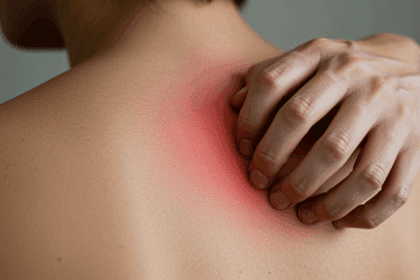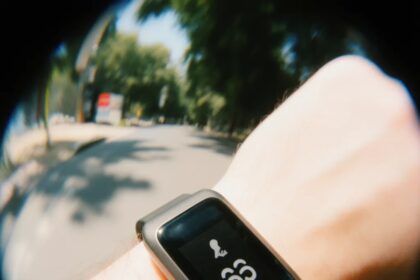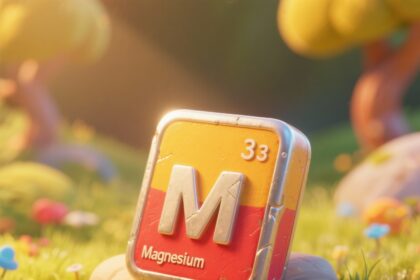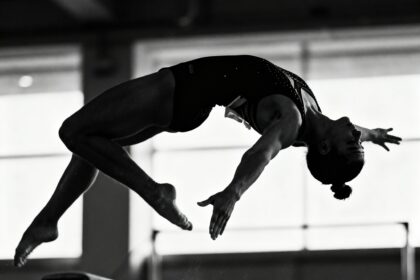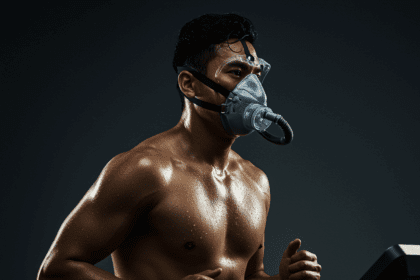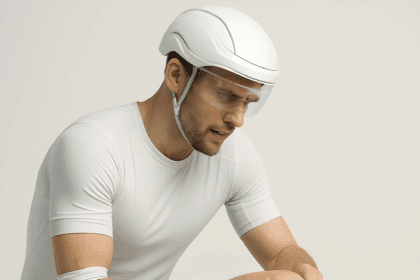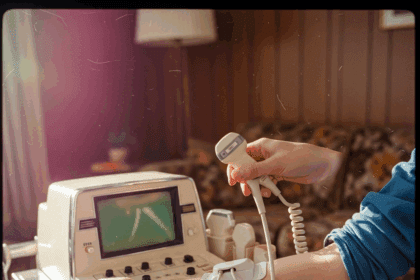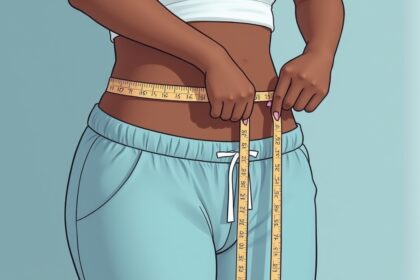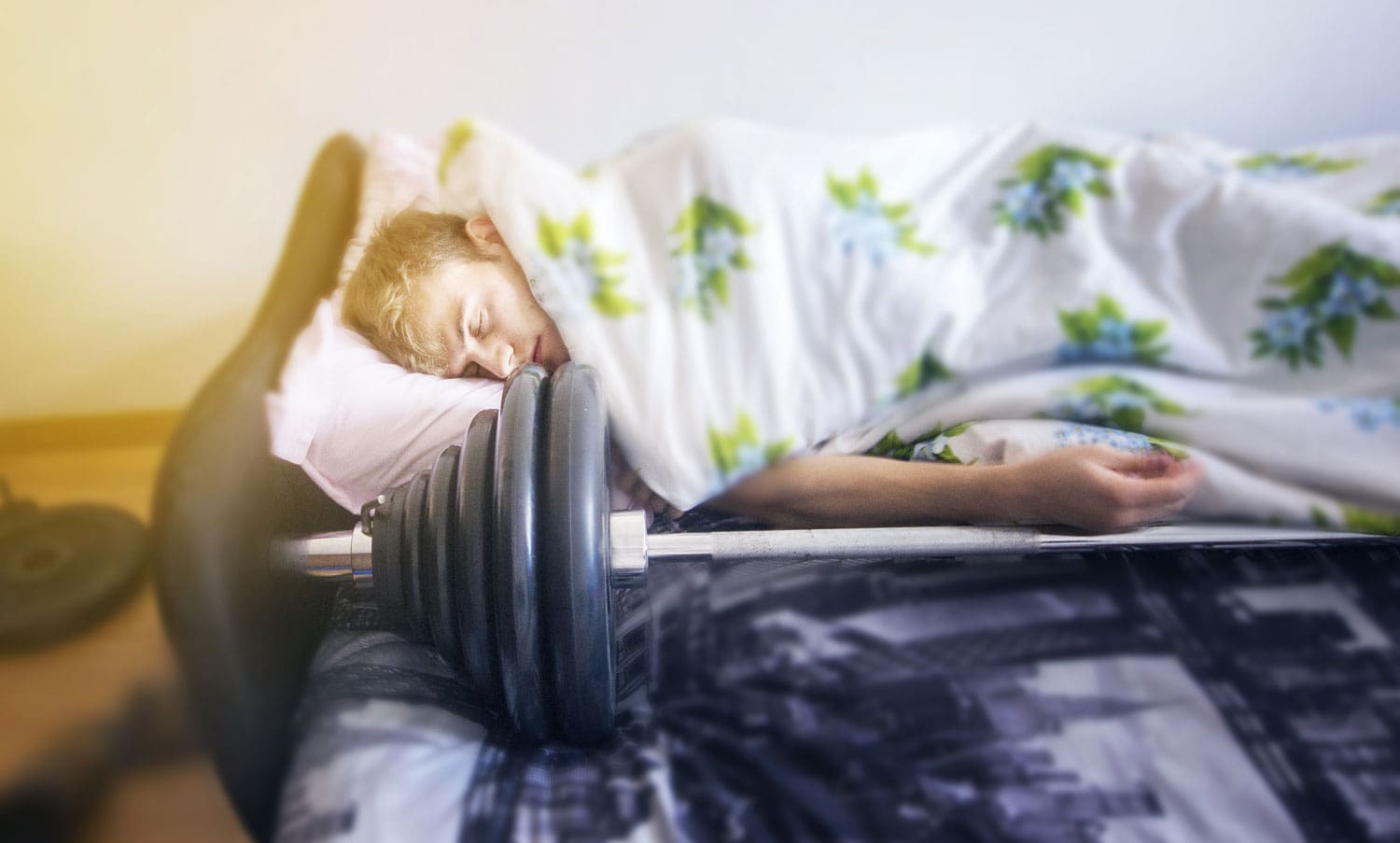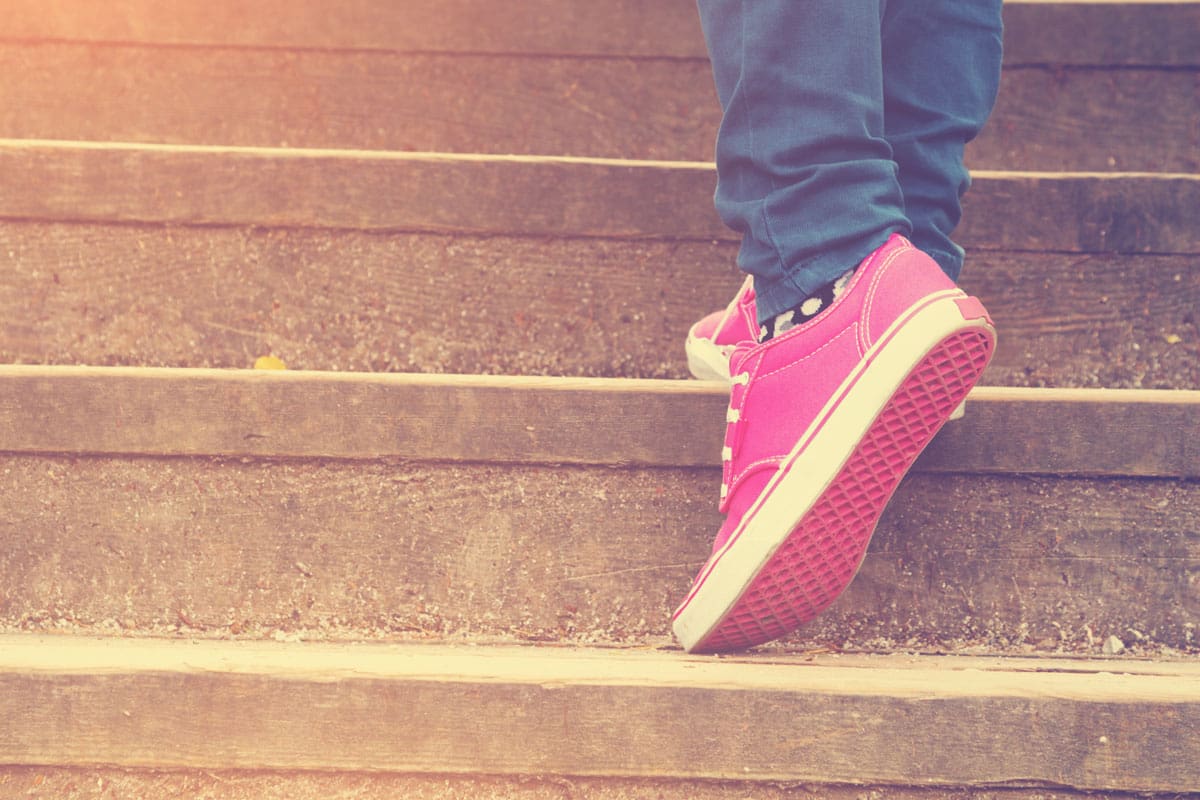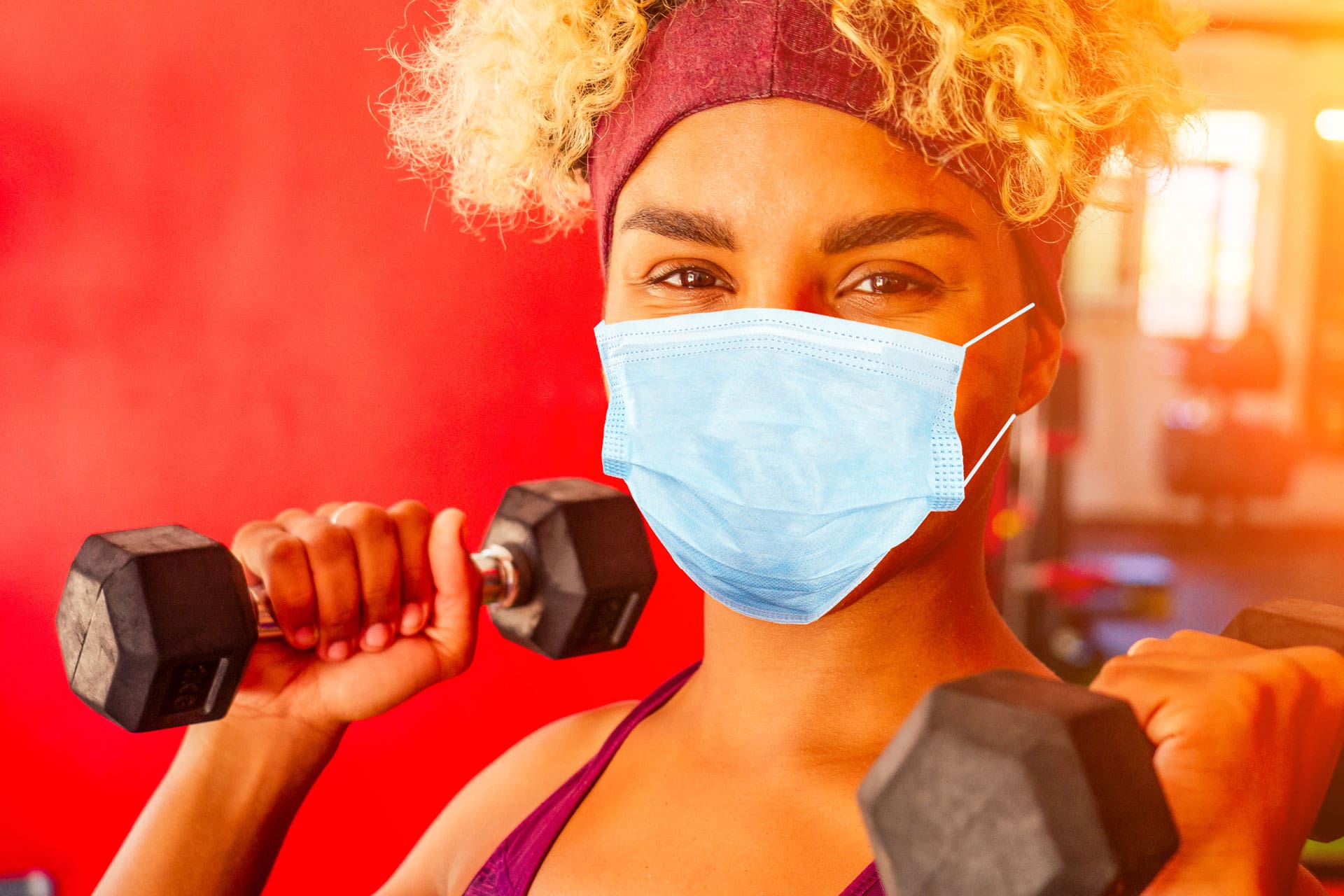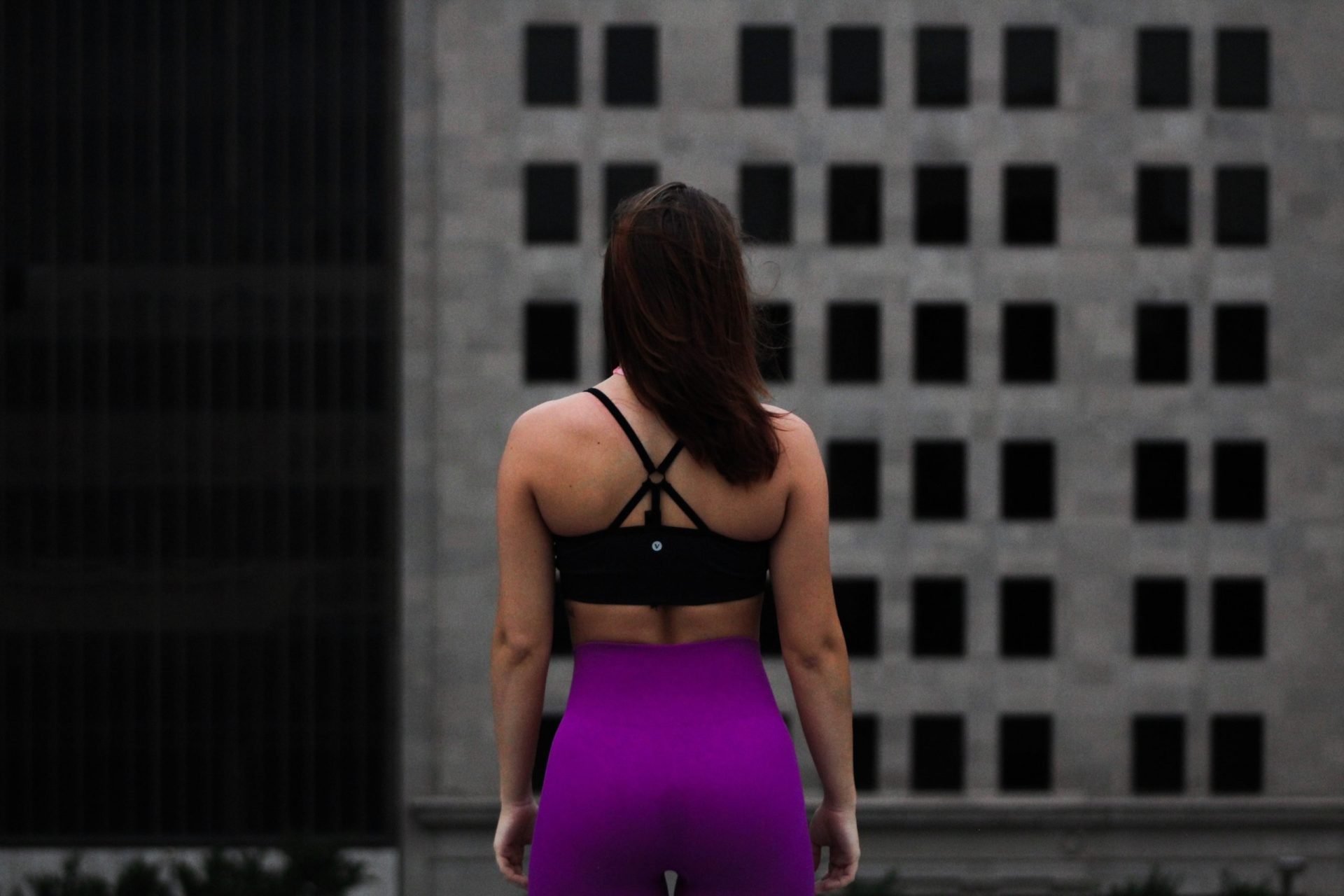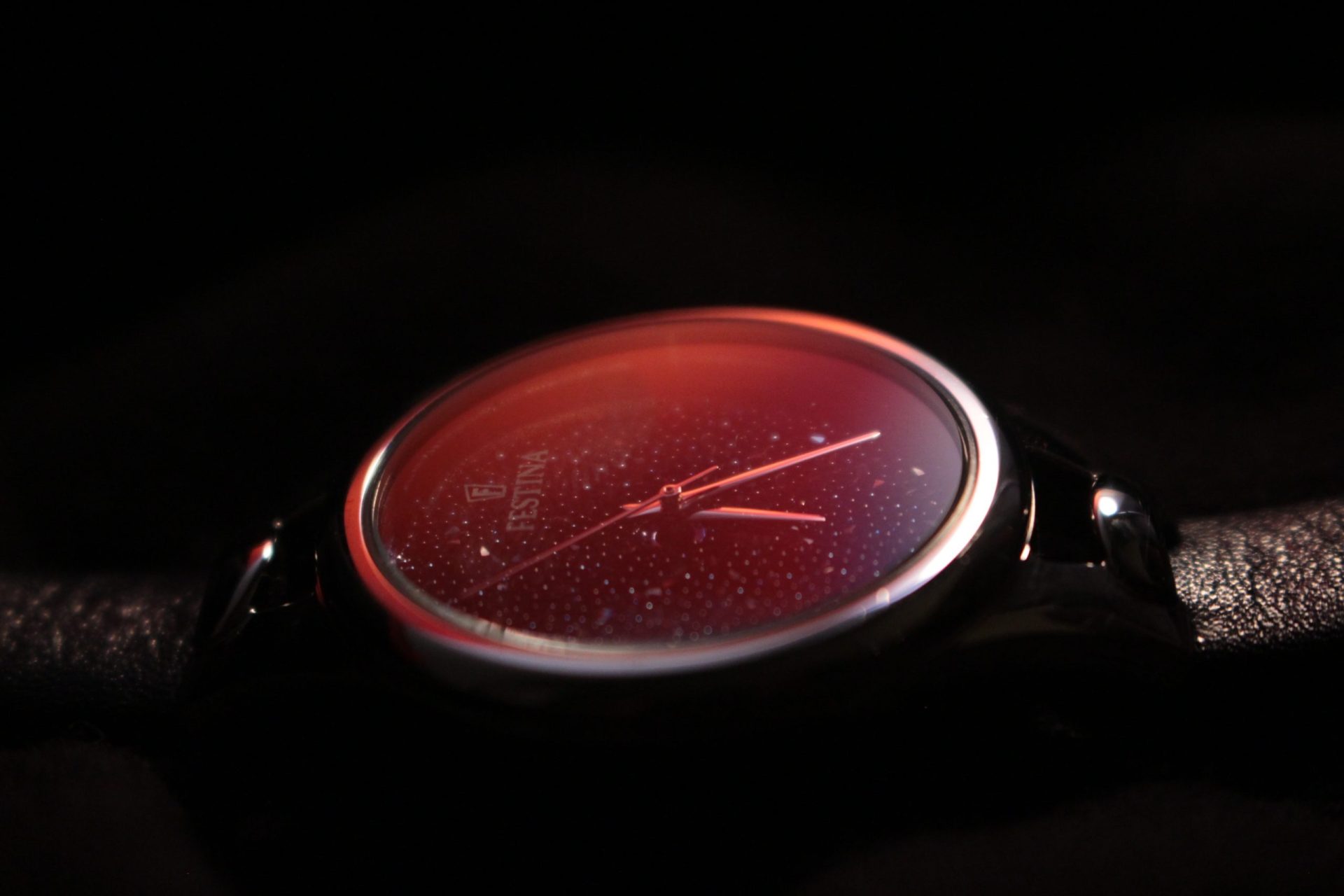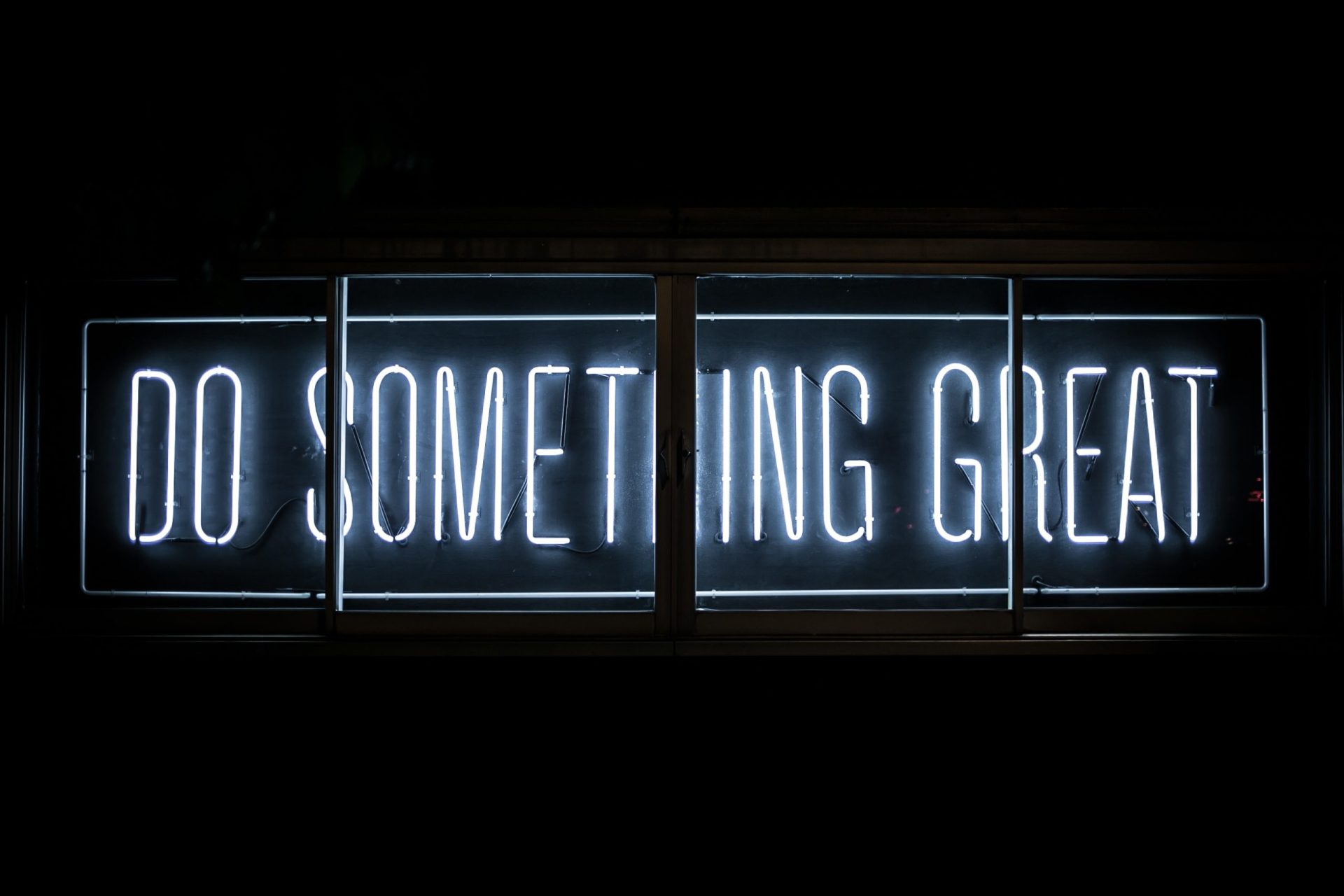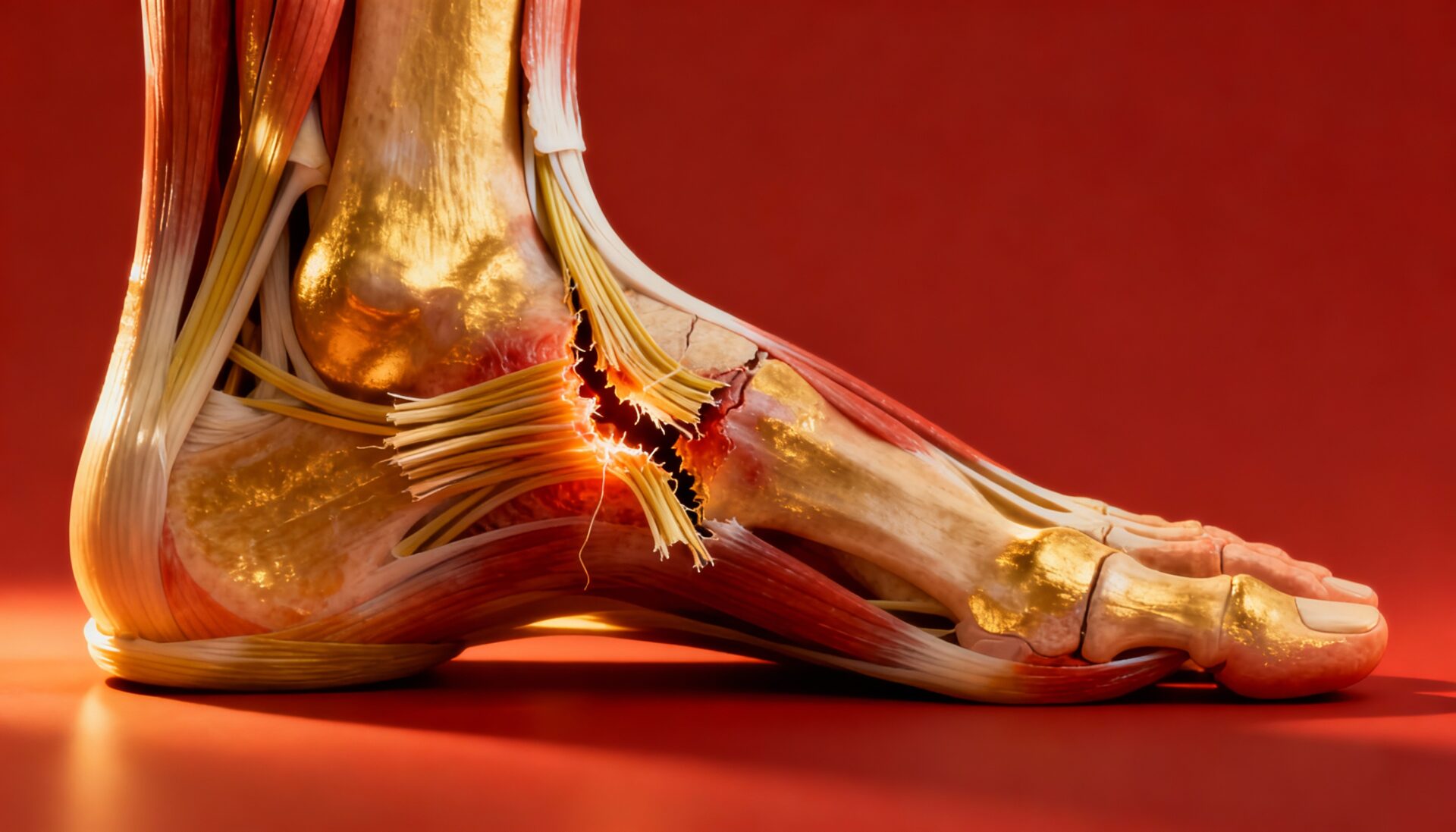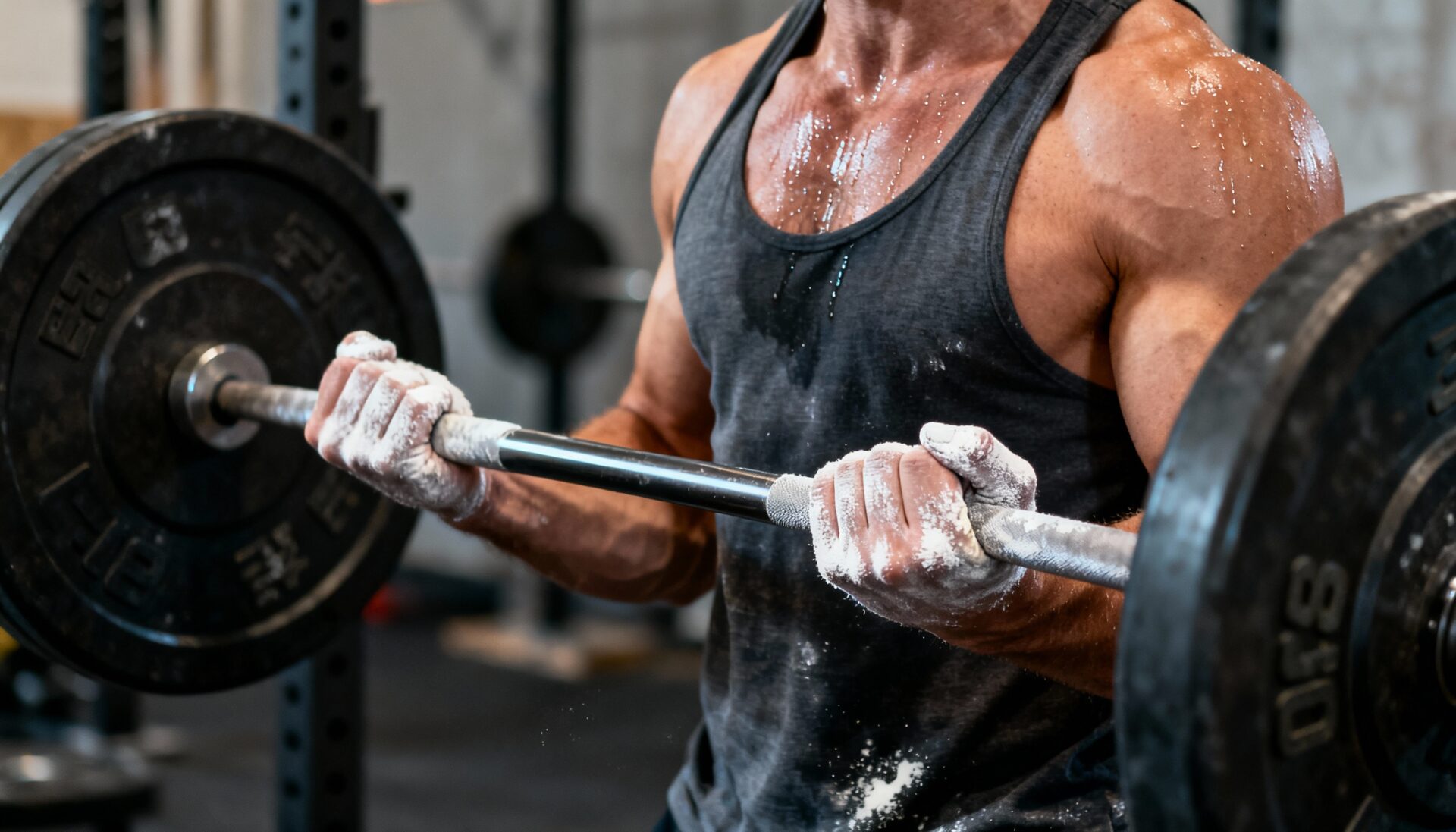The Achilles Tendon is a part of the body that is completely overlooked and undervalued. People are always using this body part, as it plays an integral role in activities such as jumping, running, or simply walking. The calf’s midsection is where the Achilles tendon begins (origin), and it runs all the way down to the heel. It joins the heel bone of your foot to the calf muscles, gastrocnemius, and soleus muscles in the rear of the lower leg. Two heads of the gastrocnemius muscle cross the knee joint. The ankle and knee can flex thanks to this muscle and tendon. The soleus muscle bends it so that your toes point down. The Achilles tendon (aka: calcaneal tendon) is a ring of tissue in the rear of the lower leg. This tendon connects the calf muscles to your heel bone. Of course, there is an Achilles tendon in each leg, and they are the largest and strongest tendons in the body. According to a 2022 article “The usual length of the Achilles is around 15 centimeters (6 inches), however in certain individuals, it can reach a length of 26 centimeters (10 inches).”
The loading capacity of the Achilles tendon is around four times the weight of the human body. However, because of the repeated strain placed on this tendon, people frequently suffer from Achilles tendinopathy. In their competitive lives, nearly 1 in 4 athletes will have an Achilles tendon injury. Achilles’ tendinopathy refers to inflammation of the Achilles tendon. However, there are other diseases of the lower leg. Bursitis of the anterior Achilles tendon occurs when the bursa at the back of the heel becomes inflamed while walking (especially in elevated shoes). Achilles paratendonitis occurs when the para-tendon becomes inflamed through overuse, repetitive motions, or improperly fitting shoes. Tendonitis of the Achilles occurs when the Achilles tendon swells and hurts when you engage in too much jogging, walking, or repetitive movement sports. Achilles’ tendinosis may arise when the tendon gradually degenerates because of overuse or aging and thickens because of scar tissue. Running uphill, leaping, or suddenly changing pace or direction can fully or partially rupture the Achilles tendon. Back-of-the-heel injuries or conditions like gout or rheumatic diseases that put additional pressure on the Calf muscle may also contribute to backside Ankle bursitis.
Inflammation of the tendon is known as tendonitis. Acute (or quick onset) conditions like Achilles’ tendinitis typically last six weeks or less. According to some medical professionals, this diagnosis often marks the beginning of a series of progressively more serious tendon injuries. A non-inflammatory deterioration of the tendon is known as tendinosis. It usually happens as a result of the tendon being overused over an extended period, which can significantly weaken the fibers of the tendon. The tissue around a tendon becomes inflamed, and it may thicken and stick to the tendon (paratendonitis). This diagnosis is debatable since some medical professionals do not think paratendonitis is an illness distinct from tendinitis. Alternate Achilles inflammation and subsequent degeneration of the tendon fibers that insert on the back of the heel bone are known as tendinopathy. If not attended to, it will grow worse. Tendonitis comes in two primary varieties: Achilles’ tendinitis that is non-insertional. The tendon begins to deteriorate because of small tears in the middle fibers. Pain and edema are the results. Active, younger persons typically suffer from this kind of tendinitis. Achilles’ tendonitis inserted occurs when the area where the tendon connects with the heel bone is damaged. With a rupture, the tendon may completely or partially break (or tear) from the fibers being torn. A popping sensation that seems to originate from the back of your heel or calf may even be audible. If there has been a tendon rupture, urgent medical care is necessary.
The sport most often associated with this type of injury is soccer. According to recent studies over 2% of all Achilles tendon tears in the United States are soccer related injuries. This seems to make sense because of the repetitive action and abrupt movements involved. Another sport in which this injury is very common in tennis. This is, again, due to the amount of running, jumping, and pivoting movements that take place in tennis. Basketball is also a sport where Achilles’ tendon injuries are very common due to the similar movements. It is important to warm up and stretch before engaging in any intense physical activity. Keeping muscles loose and warmed up can help athletes who are prone to these injuries.
Some people are significantly prone to Achilles related injuries due to having flat feet. Flat feet are characterized by an inward slant of the feet. This can affect the Achilles when running or walking, especially if not wearing proper shoes. If you are an athlete with flat feet, it’s important to make sure to wear the proper shoes/cleats. They should be high-top, supportive, and have insoles. It might also help to wear a supportive brace depending on conditions.
Now, what happens when/if you tear your Achilles tendon? Depending on the severity of the injury, you might need to have surgery called gastrocnemius recession. This procedure lengthens the calf muscle. Again, depending upon the severity of the injury, a debridement surgery may be performed. Here, damaged tendon tissue or bone spurs are removed, and the tendon is repaired. If the injury is not severe enough for surgery, a cast, splint, or walking boot may be fitted. There will also be a lot of associated physical therapy. In physical therapy, a series of exercises will be prescribed to help strengthen the calf muscles and take the pressure off the tendon. This is known as eccentric strength training. Additionally, extracorporeal shockwave therapy may also be performed. These are high-energy shockwave impulses used to help stimulate the healing process in damaged tendon tissue. The recovery for this injury is usually about six to twelve months.
The Achilles tendon is systemically important and can impact Activities of Daily Living (ADLs) if injured. It can affect your daily life in so many ways. It can prevent you from walking, running, jumping, and other ADLs. It can certainly prevent you from playing the sport you love. Try to protect your Achilles tendon as much as possible. Make sure to always warm up, try not to do any intense physical activity on uneven ground, wear proper shoes, and increase activity slowly, rather than all at once.
References
Achilles tendon injuries. Achilles Tendon Injuries | Johns Hopkins Medicine. (2021, August 8). Retrieved November 30, 2022, from https://www.hopkinsmedicine.org/health/conditions-and-diseases/achilles-tendon-injuries (3)
Achilles tendon: Function, anatomy and common conditions. Cleveland Clinic. (n.d.). Retrieved November 30, 2022, from https://my.clevelandclinic.org/health/body/21927-achilles-tendon
Amy Haddad. (n.d.). Why are Achilles tendon injuries so common in athletes? Sports. Retrieved November 30, 2022, from https://www.sports-health.com/blog/why-are-achilles-tendon-injuries-so-common-athletes
Gabriella Ode, M. D. P.-R. (n.d.). Achilles tendonitis and tendon injuries. Sports. Retrieved November 30, 2022, from https://www.sports-health.com/sports-injuries/ankle-and-foot-injuries/achilles-tendonitis-and-tendon-injuries
Foot tendonitis: Causes, symptoms, treatment & prevention. Cleveland Clinic. (n.d.). Retrieved November 30, 2022, from https://my.clevelandclinic.org/health/diseases/22378-foot-tendonitits

